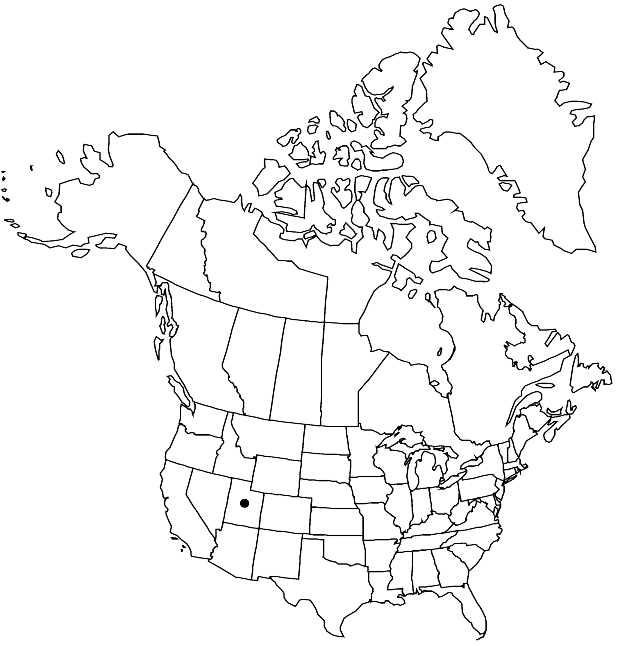Difference between revisions of "Draba subalpina"
Ann. Missouri Bot. Gard. 19: 77. 1932.
FNA>Volume Importer |
imported>Volume Importer |
||
| (2 intermediate revisions by 2 users not shown) | |||
| Line 6: | Line 6: | ||
|place=19: 77. 1932 | |place=19: 77. 1932 | ||
|year=1932 | |year=1932 | ||
| + | }} | ||
| + | |special_status={{Treatment/ID/Special_status | ||
| + | |code=E | ||
| + | |label=Endemic | ||
}} | }} | ||
|basionyms= | |basionyms= | ||
| Line 45: | Line 49: | ||
|publication title=Ann. Missouri Bot. Gard. | |publication title=Ann. Missouri Bot. Gard. | ||
|publication year=1932 | |publication year=1932 | ||
| − | |special status= | + | |special status=Endemic |
| − | |source xml=https:// | + | |source xml=https://bitbucket.org/aafc-mbb/fna-data-curation/src/2e0870ddd59836b60bcf96646a41e87ea5a5943a/coarse_grained_fna_xml/V7/V7_478.xml |
|tribe=Brassicaceae tribe Arabideae | |tribe=Brassicaceae tribe Arabideae | ||
|genus=Draba | |genus=Draba | ||
Latest revision as of 22:33, 5 November 2020
Perennials; (cespitose); caudex simple or branched (with some persistent leaf bases); scapose. Stems unbranched, 0.3–1(–1.3) dm, often glabrous throughout, sometimes sparsely pubescent proximally, trichomes simple and stalked, 2-rayed, 0.2–1 mm. Basal leaves rosulate; sessile; blade (fleshy), oblanceolate to linear, (0.4–)0.5–1.4(–2) cm × (1–)1.5–3(–4) mm, margins entire, (ciliate at least apically, trichomes simple and 2-rayed), surfaces usually glabrous, rarely sparsely pubescent with simple and stalked, 2- (or 3-)rayed trichomes, 0.2–1 mm, (midvein obscure). Cauline leaves 0. Racemes (6–)10–28(–40)-flowered, ebracteate, elongated in fruit; rachis not flexuous, glabrous. Fruiting pedicels divaricate-ascending, straight, (3–)5–10(–17) mm, glabrous. Flowers: sepals broadly ovate, 1.7–2.5 mm, usually glabrous, rarely pubescent, (trichomes simple and short-stalked, 2-rayed); petals white, spatulate to obovate, 3–5 × 2–3 mm; anthers oblong, 0.5–0.7 mm. Fruits ovoid to lanceolate, plane, inflated at least basally, 4–8(–10) × 2.5–4 mm; valves glabrous or sparsely puberulent, trichomes simple, 0.02–0.1 mm; ovules 6–12 per ovary; style 0.2–0.9 mm. Seeds ovoid, 1–1.5 × 0.7–1.1 mm. 2n = 26.
Phenology: Flowering May–Jun.
Habitat: Rocky knolls and marly limestone soil in pine-oak-juniper woodlands, edges of spruce-fir forests
Elevation: 1800-3400 m
Discussion
Molecular studies (M. A. Beilstein and M. D. Windham 2003) and chromosomal data (Windham 2000, 2004) suggest that Draba subalpina is most closely related to D. cusickii and D. sobolifera. From those, it is easily distinguished by having white (versus yellow) petals, glabrous (versus pubescent) rachises and stems distally, and glabrous or, rarely, sparsely pubescent (versus always pubescent) abaxial leaf blade surfaces. Draba subalpina is known from Garfield, Iron, Kane, and Wayne counties in south-central Utah.
Selected References
None.
